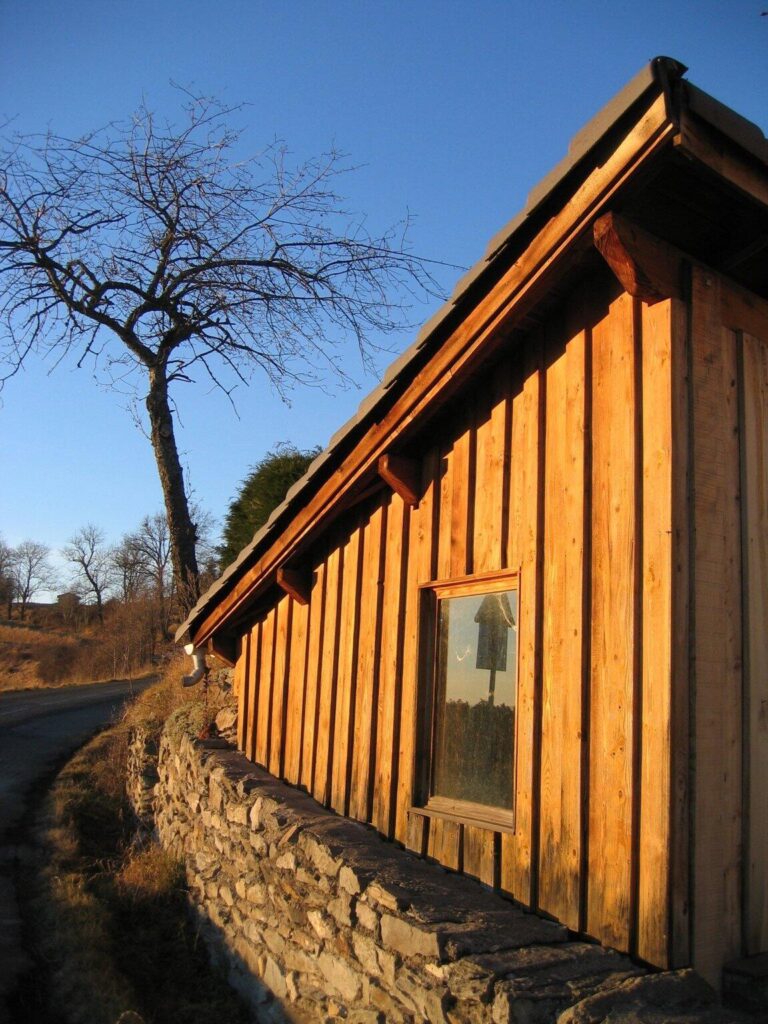Did you know that dry rot can cause severe structural damage to your home if left untreated? Dry rot weakens wooden structures, creating costly problems for homeowners.
But the good news is… it’s treatable and preventable!
Today, we’re taking a closer look into essential dry rot repair tips that will help you address the issue before it worsens.
Identifying Dry Rot: Early Warning Signs
Spotting dry rot early is one of the best ways to prevent serious damage to your home. There are several indicators that homeowners should keep an eye out for. Recognizing these warning signs early can save you from costly repairs down the line.
- Discoloration in wood
- Soft or crumbling wood
- Musty or damp smell in affected areas
Discoloration in Wood
Dry rot often changes the appearance of wood. If you notice darker patches or streaks on exposed wood, this could indicate early decay. In some cases, the wood may take on a dull, grayish look. The changes may be subtle at first, so regular inspection is key.
Soft or Crumbling Wood
Wood affected by dry rot becomes soft to the touch. When pressed, the wood may crumble or feel spongy. It’s a sign that the internal structure of the wood is breaking down. If you detect any softness in areas like window frames or wooden floors, it’s best to act quickly.
Musty or Damp Smell
Dry rot thrives in damp conditions, and a musty odor is often a strong indicator that rot has taken hold. The smell is caused by moisture and fungal growth. If you detect this odor in areas of your home that have wooden structures, it’s worth investigating further.
DIY Wood Rot Treatment Steps Every Homeowner Can Follow
Dry rot can often be tackled with some basic tools and materials, especially if caught early. There are several steps homeowners can follow to repair dry rot on their own. Doing it yourself can save money and prevent the damage from spreading further.
Here are the key steps to follow for repairing wood structures:
- Removing the affected wood
- Treating the area with fungicide
- Reinforcing or replacing the wood
- Sealing the area to prevent future damage
Removing the Affected Wood
The first step in any dry rot repair is to remove the damaged wood. Dry rot weakens wood to the point where it crumbles, so it’s best to cut out or scrape away any weakened sections. Use a chisel or a saw, depending on the size of the area. Make sure to get all of the affected material out, even if it means removing a little more than expected.
Treating the Area with Fungicide
Once the damaged wood has been removed, apply a fungicide to the surrounding area. The step is important because even though you’ve removed the visible damage, the fungus that caused the dry rot can still linger in nearby wood. The fungicide will kill any remaining spores, ensuring that the rot doesn’t return. Follow the manufacturer’s instructions carefully for best results.
Reinforcing or Replacing the Wood
After the area has been treated, it’s time to repair the damage. For smaller areas, you can reinforce the wood with a hardener or an epoxy filler. The products will restore some of the wood’s strength and make it look like new.
In cases where large sections of wood were removed, you may need to replace the affected pieces entirely. Always make sure the new wood fits properly and is securely installed.
Sealing the Area
Finally, seal the repaired area with a protective layer. It could be paint, sealant, or wood preservative. The goal here is to keep moisture out, which is the primary cause of dry rot. By sealing the wood, you’ll prevent further moisture buildup and help protect your home from future rot.
Preventing Future Rot: Long-Term Maintenance Solutions
Preventing dry rot from returning is just as important as repairing the damage. There are a few simple maintenance practices homeowners can follow to keep their wood structures safe from future rot. By staying proactive, you can avoid costly repairs and keep your home in good condition.
First, make sure your home has proper ventilation. Good airflow is key to preventing moisture buildup, especially in areas like attics, basements, and crawl spaces. Installing vents or fans can help reduce humidity levels and keep your wood dry.
Second, regularly inspect areas where water might collect or cause damage. This includes checking your gutters, roof, and foundation for any leaks or drainage problems.
Then apply a protective coating to exposed wood. Sealing wood with paint, varnish, or a wood preservative helps block moisture and prevents rot from taking hold.
When to Call a Professional for Dry Rot Repair
While many homeowners can handle small dry rot repairs, there are situations where it’s better to call in a professional. Large or hard-to-reach areas can be tricky to fix on your own and may require expert attention. If the dry rot has affected the structural integrity of your home, such as beams or load-bearing walls, it’s safer to have a professional assess the damage.
Another reason to seek professional help is if you’ve tried DIY repairs, but the rot keeps coming back. In these cases, there may be underlying issues like hidden moisture or poor ventilation that need to be addressed. Professionals can spot these problems and offer long-term solutions.
Lastly, if you’re unsure of the extent of the damage or if the affected area is spreading quickly, it’s wise to get expert advice. Professionals can evaluate the situation and recommend the best course of action, ensuring your home stays safe and secure.
The Keys to Preventing Rot Damage
By learning proper dry rot repair techniques and knowing when to call a professional, you can prevent costly damage and ensure your home stays strong and safe.
At NW Remodeling Contractors LLC, we’re a licensed general contractor specializing in kitchen and bathroom remodels, as well as interior and exterior residential construction in Vancouver, Southwest Washington, and the Portland Metro area. We guide clients through every step, ensuring satisfaction with our quality work and commitment to long-lasting results.
Get in touch with us today to find out how we can help with your dry rot!

